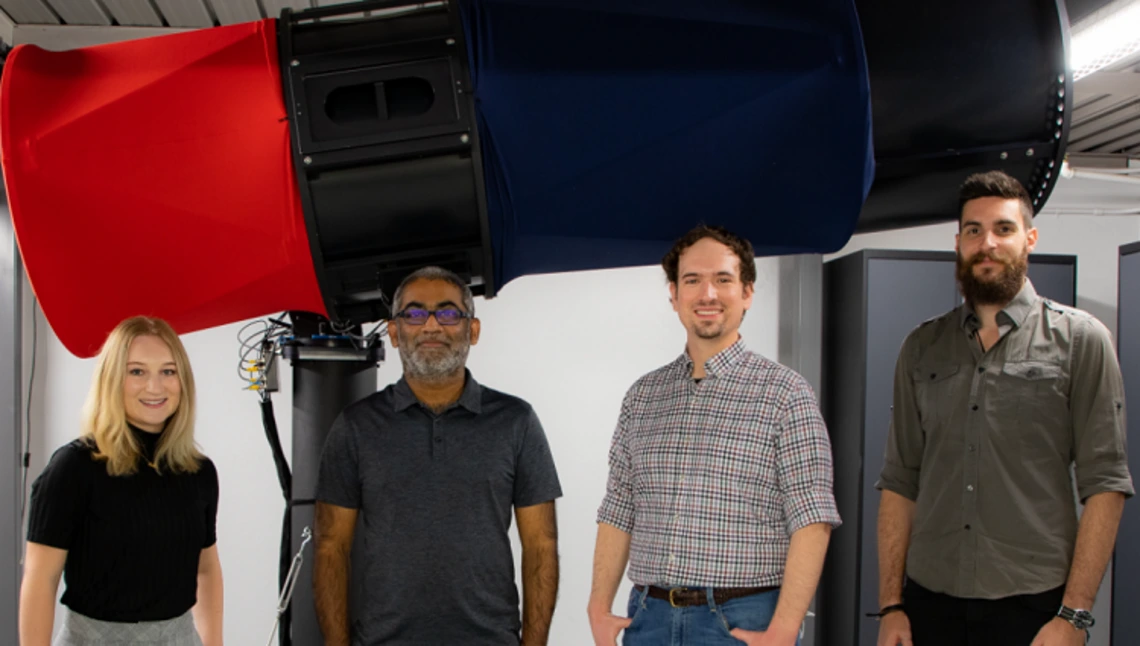AME Students Track Chinese Rocket on Lunar Collision Course

A team of University of Arizona researchers have confirmed that a rocket piece that crashed into the moon on March 4 was of Chinese origin. The object was originally believed to be a SpaceX Falcon 9 rocket booster, but students in the university's Space Domain Awareness lab at the Lunar and Planetary Laboratory gathered data to confirm its origin. The collision resulted in a new crater that may be up to 65 feet wide.
"We don't often get a chance to track something we know is going to hit the moon ahead of time," said AME graduate student Tanner Campbell. "There is particular interest in seeing how impacts produce craters. It's also interesting from an orbital prediction perspective, because it's traveling between the Earth and moon unpropelled. It's just an inert rocket body tossed around by its own energy and by solar radiation pressure, so we can evaluate our models and see how good our predictions are."
Campbell focused on photometry of the object, meaning he determined how fast it spins. Rocket bodies have a distinct pattern of brightness that makes them easily identifiable.
This booster is just one of many pieces of space junk that the UA team and others around the world are tracking. There are roughly 3,500 active satellites orbiting Earth, and another 20,000 pieces of debris or space junk, according to Reddy. There is significantly less space debris surrounding the moon, however.
"While this isn't the most detrimental impact, the idea of so many objects in space with unknown orbits and identities is worrying," said mechanical engineering undergraduate Grace Halferty. She has, since September 2018, been studying SpaceX's Starlink satellites and their effect on ground-based astronomy. "We need better space traffic management."
